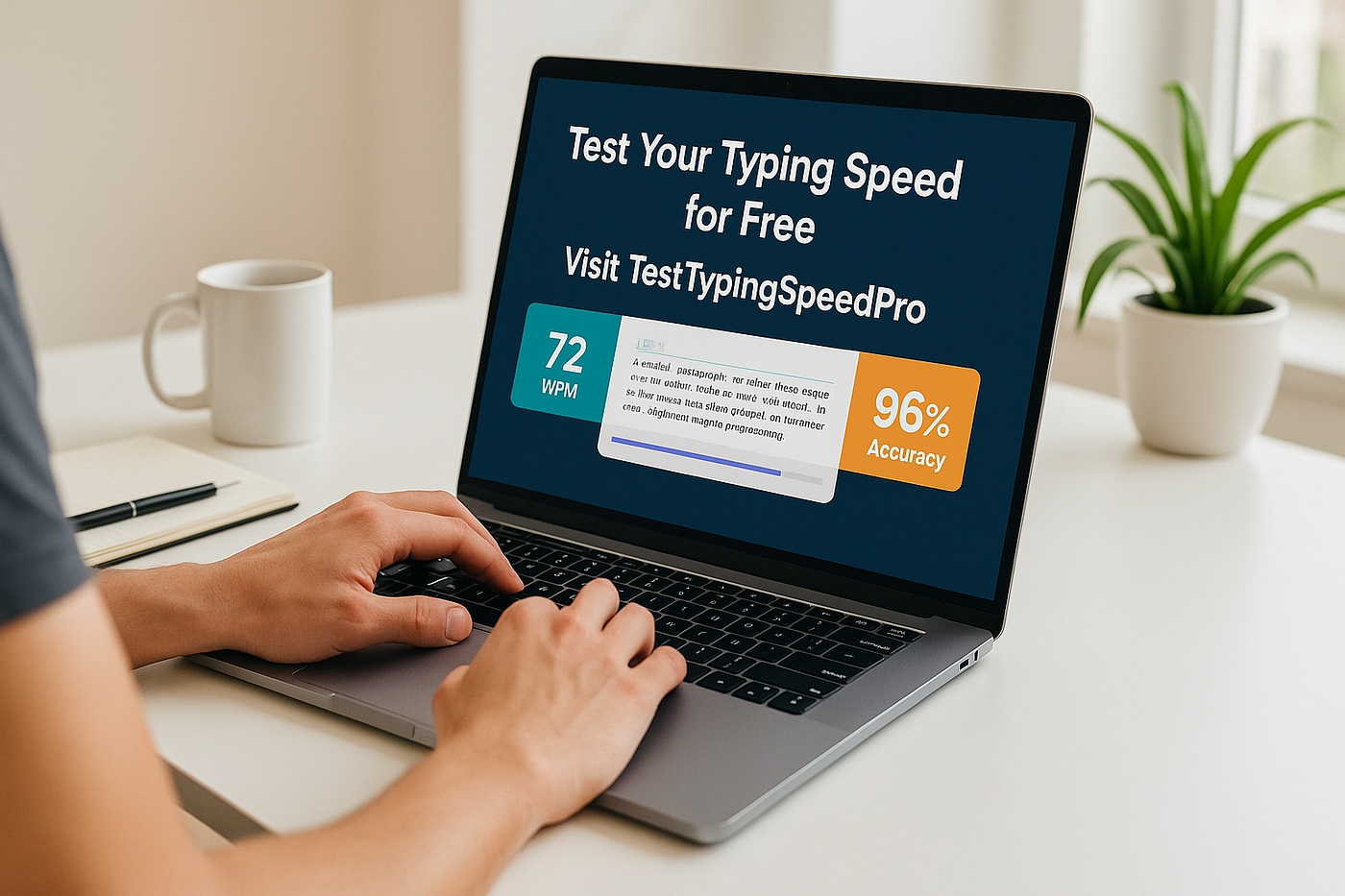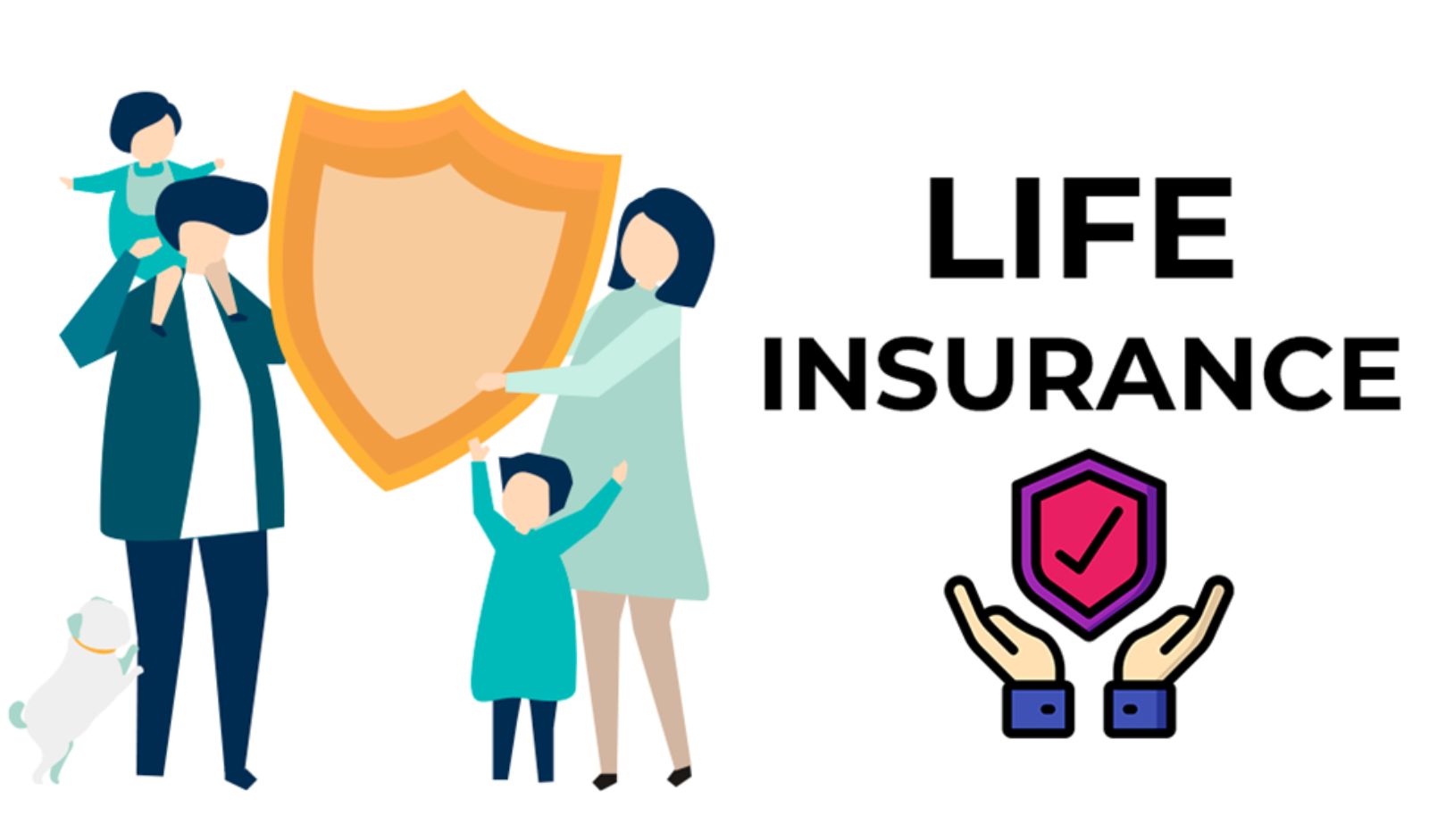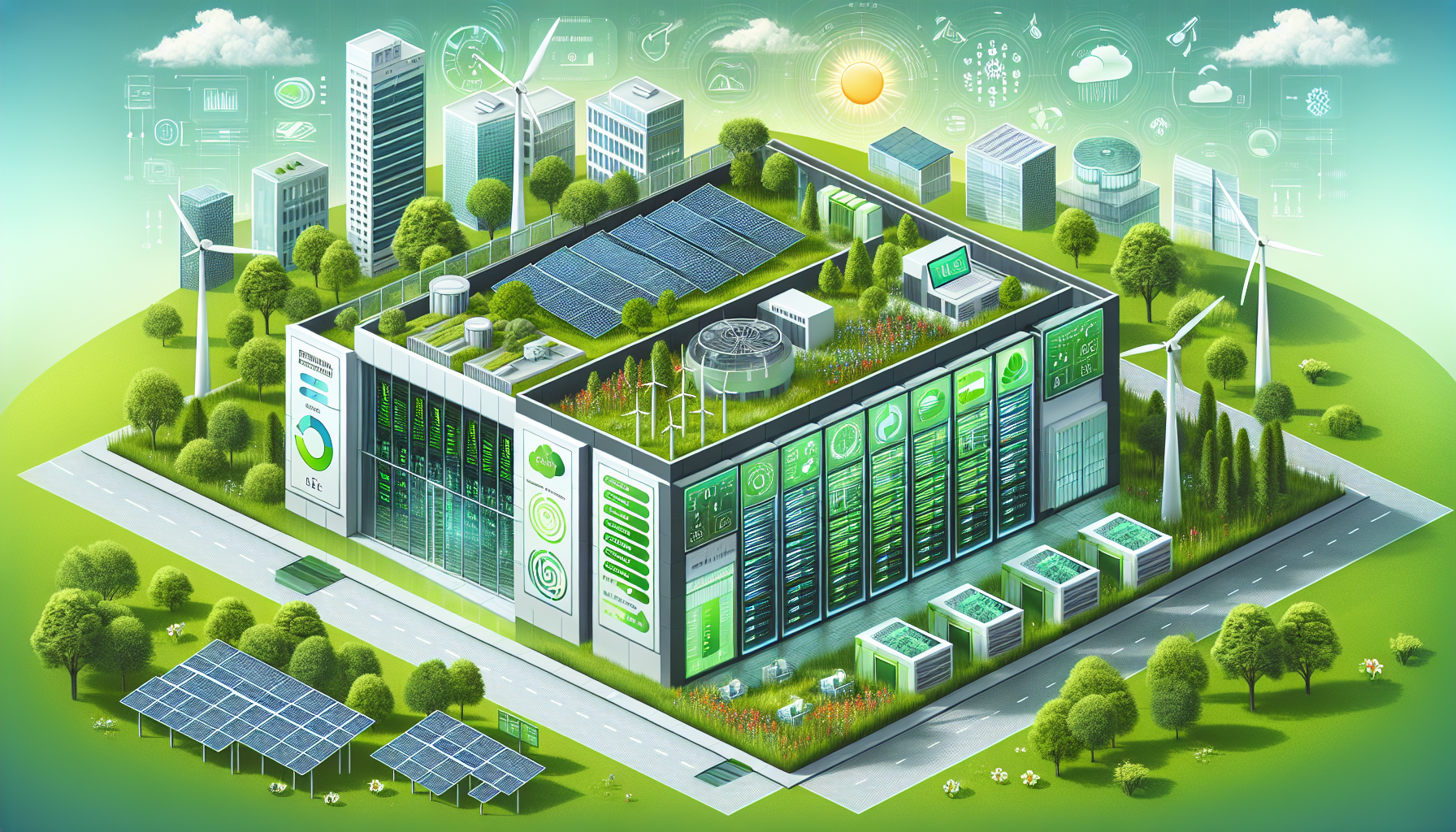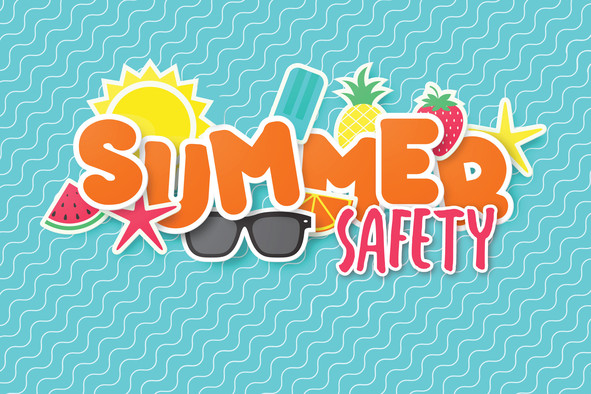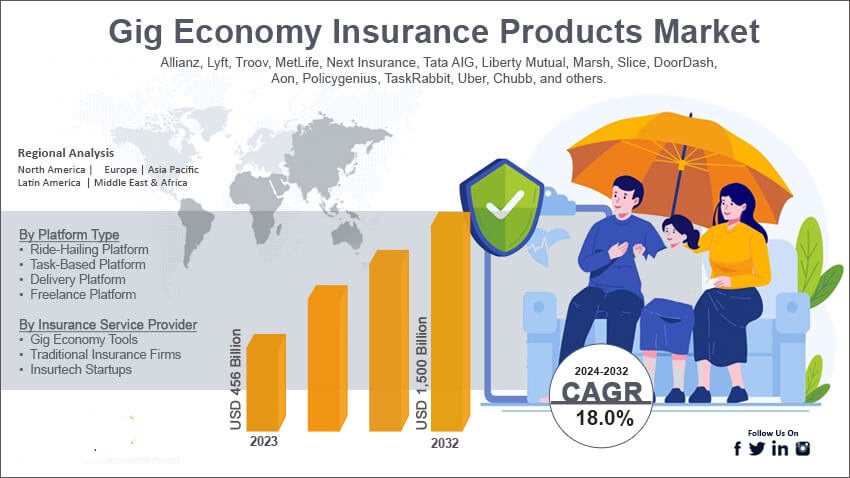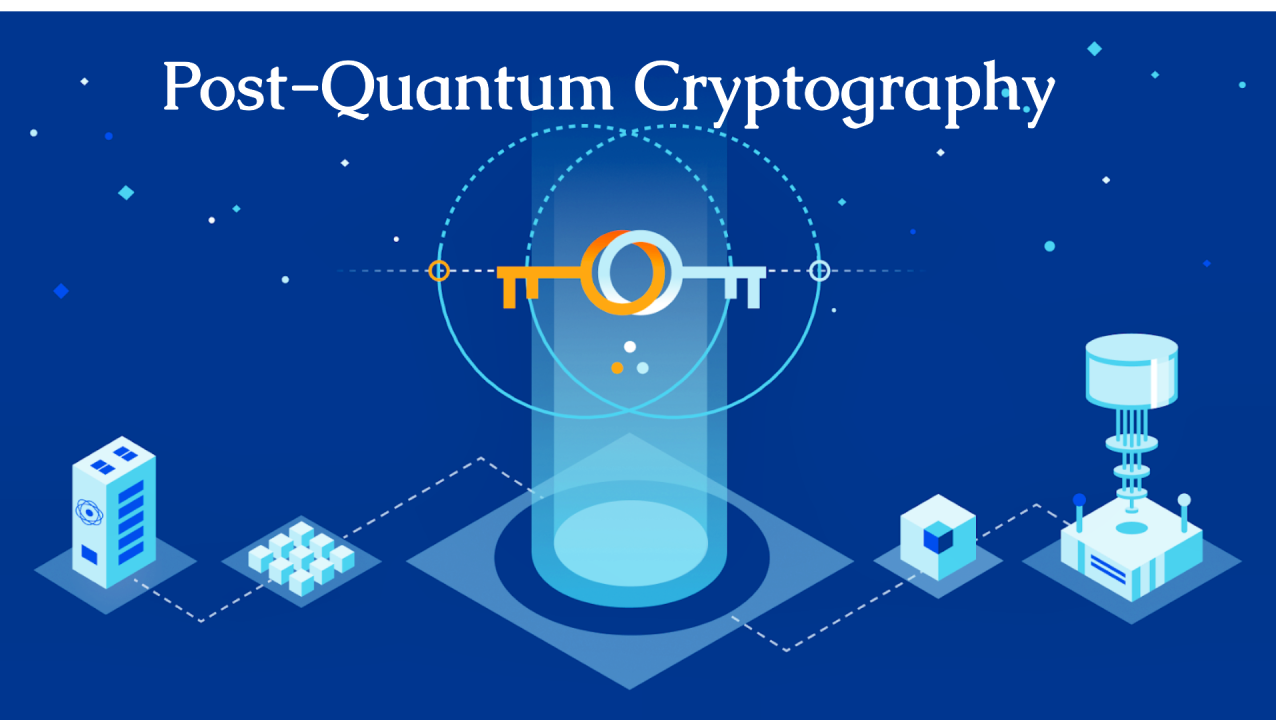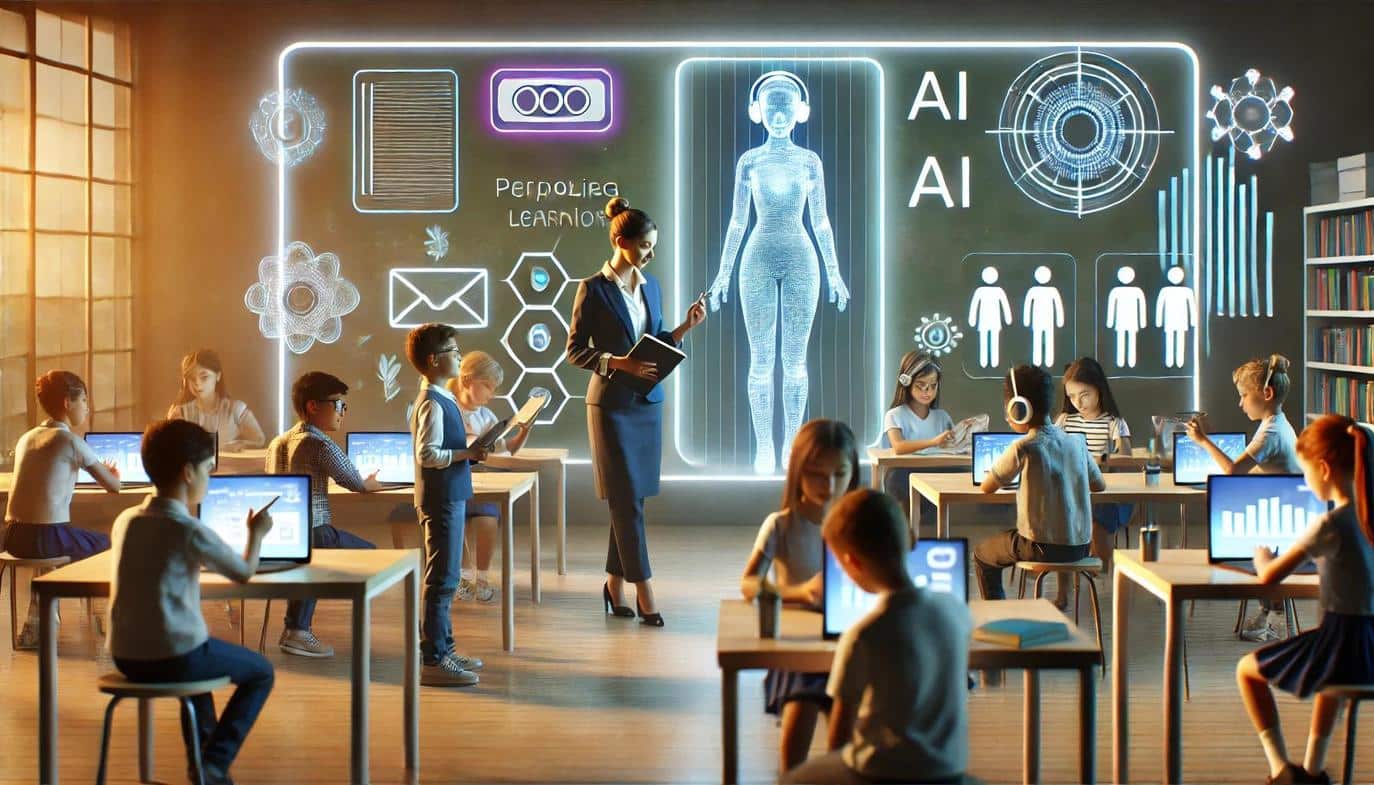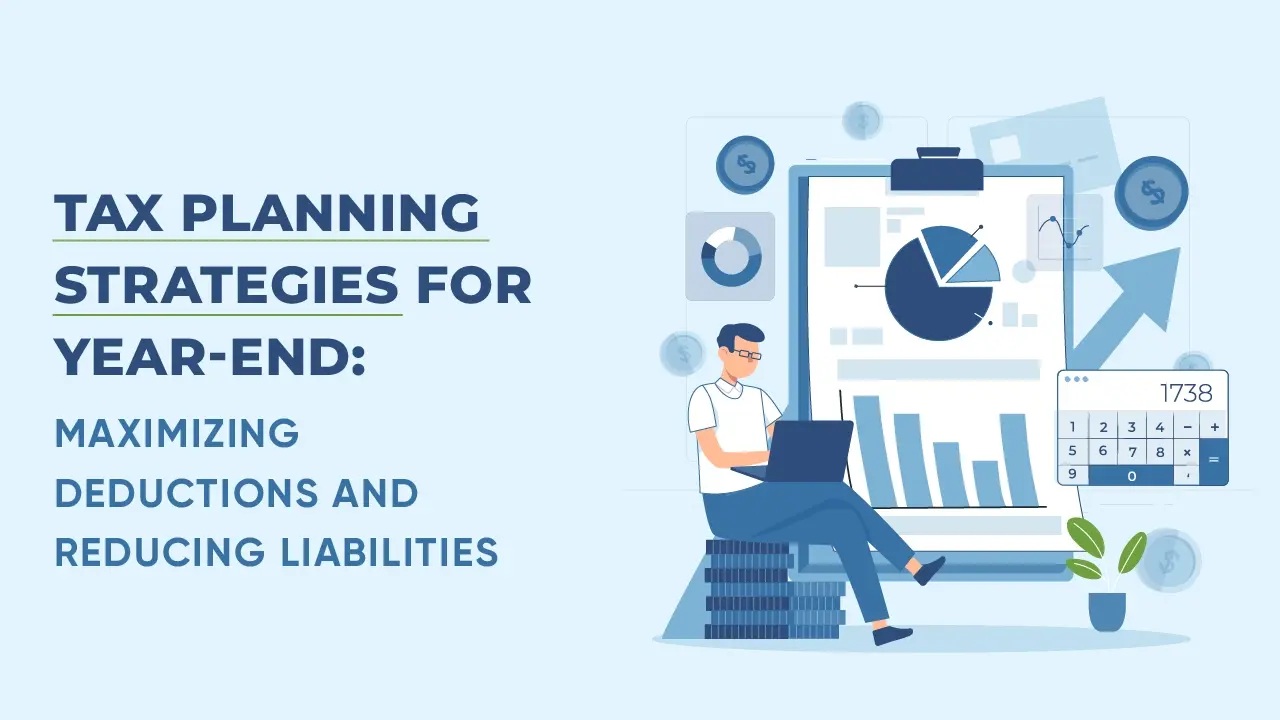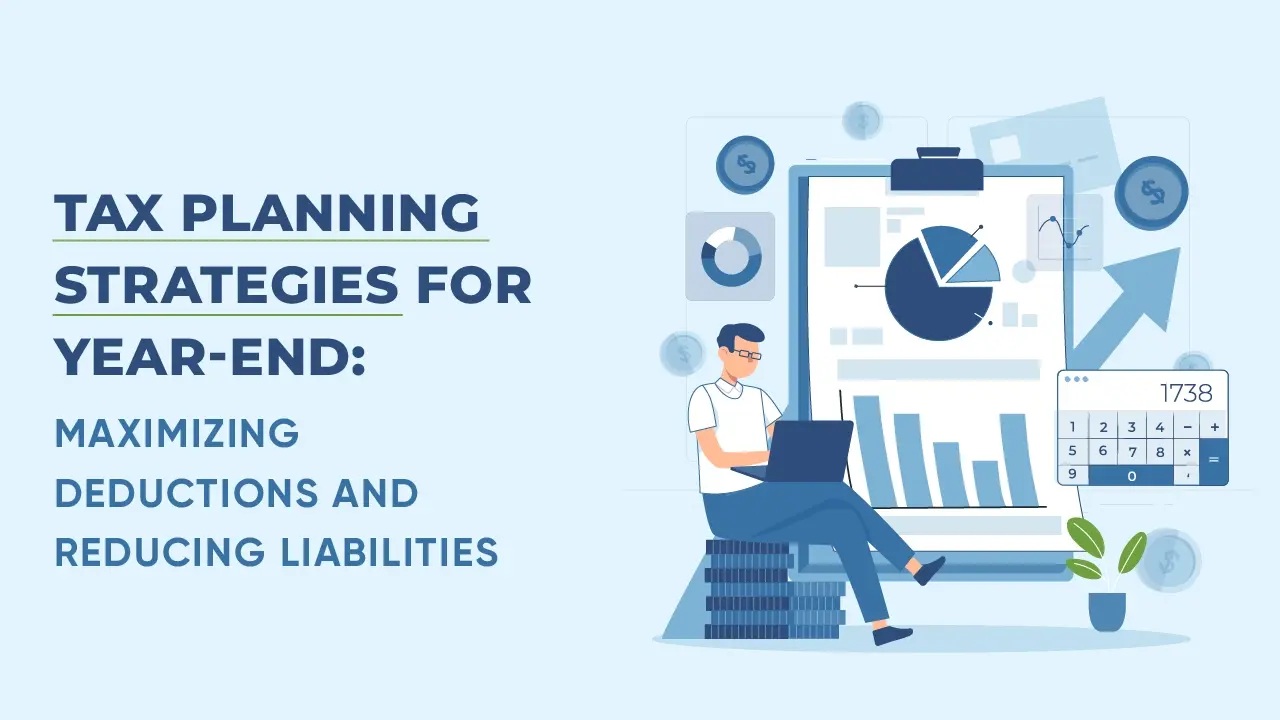Education is evolving, and the traditional classroom model is no longer the only — or the best — option. In recent years, a new movement has been gaining momentum: microschools. Small, nimble, and focused on personalized learning, these schools are reshaping how children learn, thrive, and prepare for the future.
This comprehensive article explores the rise of microschools, their benefits, challenges, and why personalized learning might just be the future of education.
Table of Contents
- What Is a Microschool?
- The History and Evolution of Microschools
- How Microschools Differ from Traditional Schools
- What Is Personalized Learning?
- Core Features of Personalized Learning in Microschools
- Why Are Microschools Gaining Popularity?
- The Role of Technology in Microschools
- Types of Microschools
- Microschools vs Homeschooling: What’s the Difference?
- How Microschools Support Individualized Pacing
- Examples of Successful Microschool Models
- Parental Involvement in Microschools
- Microschools and Special Needs Education
- How Microschools Prepare Students for the Future
- The Costs of Microschools
- Accreditation and Legality of Microschools
- Criticisms and Challenges Facing Microschools
- Global Expansion: Microschools Around the World
- The Future of Personalized Learning and Microschools
- Conclusion: Rethinking Education from the Ground Up
1. What Is a Microschool?
A microschool is a modern version of a one-room schoolhouse — small learning communities typically made up of 5 to 15 students, often with a flexible curriculum tailored to each child’s learning style and pace.
These schools focus on:
- Personalized instruction
- Small group dynamics
- Mixed-age classrooms
- Strong educator-student relationships
2. The History and Evolution of Microschools
Though the term “microschool” is relatively new, the concept isn’t. It draws inspiration from:
- Montessori education
- One-room schoolhouses
- Homeschool co-ops
The COVID-19 pandemic accelerated their growth, as families sought safe, adaptable, and more engaging alternatives to traditional public and private schools.
3. How Microschools Differ from Traditional Schools
| Aspect | Microschools | Traditional Schools |
|---|---|---|
| Class Size | 5–15 students | 25–30 students |
| Curriculum | Customized | Standardized |
| Pace | Student-driven | Teacher-driven |
| Assessment | Formative & adaptive | Test-based |
| Environment | Flexible & intimate | Structured & formal |
Microschools prioritize the learner over the system.
4. What Is Personalized Learning?
Personalized learning is an educational approach where teaching is tailored to:
- Individual learning styles
- Interests
- Strengths
- Pace
It’s not a one-size-fits-all model. Instead, it empowers students to own their learning journey.
5. Core Features of Personalized Learning in Microschools
- Individual learning plans
- Real-time feedback
- Competency-based progression
- Project-based learning
- Mentorship and coaching
These features allow students to excel where they’re strong and get support where they struggle.
6. Why Are Microschools Gaining Popularity?
There are several reasons:
- Dissatisfaction with public education
- Need for flexible scheduling
- Desire for tailored learning
- Smaller, safer environments
- Increased parental control
Parents want more say in what, how, and where their children learn.
7. The Role of Technology in Microschools
EdTech fuels the microschool movement. Key technologies include:
- Adaptive learning software
- Learning management systems (LMS)
- Online tutoring platforms
- Digital portfolios
- VR and AR for immersive education
Technology enables teachers to track progress, adjust instruction, and engage students more deeply.
8. Types of Microschools
Microschools vary in format. Common models include:
- Pod Learning: Families join together and hire a teacher.
- Montessori Microschools: Focus on independence and choice.
- Startup Microschools: Backed by entrepreneurs (e.g., Acton Academy).
- Hybrid Models: Combine online curriculum with in-person guidance.
- Virtual Microschools: Entirely remote but with small cohorts.
9. Microschools vs Homeschooling: What’s the Difference?
Though they share similarities, they differ in key ways:
- Homeschooling is parent-led
- Microschools are educator-led
- Microschools may offer certified instruction
- Homeschoolers may use curriculum purchased by parents
Microschools offer a middle ground between traditional school and homeschool.
10. How Microschools Support Individualized Pacing
Every student learns differently. Microschools:
- Use diagnostic assessments
- Let students master concepts before moving on
- Encourage student goal-setting
- Emphasize growth mindset
This allows gifted students to advance and struggling students to get the help they need — without stigma.
11. Examples of Successful Microschool Models
Some leading microschool networks include:
- Acton Academy (student-led learning)
- Prenda (tech-powered microschools)
- Wildflower Schools (Montessori-inspired)
- Sora Schools (virtual project-based high school)
These pioneers prove that small schools can produce big results.
12. Parental Involvement in Microschools
Microschools thrive on community and parent partnership. Parents may:
- Help shape curriculum
- Volunteer in the classroom
- Participate in school governance
- Provide learning resources
This deep involvement increases transparency and trust.
13. Microschools and Special Needs Education
Many microschools offer individualized support for students with:
- ADHD
- Autism spectrum disorders
- Dyslexia
- Anxiety or sensory needs
Low student-teacher ratios allow for custom interventions that might be impossible in larger schools.
14. How Microschools Prepare Students for the Future
Today’s world requires more than memorization. Microschools focus on:
- Critical thinking
- Creativity
- Collaboration
- Adaptability
- Emotional intelligence
These are future-ready skills needed for an ever-changing global economy.
15. The Costs of Microschools
Microschools vary in cost:
- Tuition-free models (public charter-based)
- Low-cost microschools ($3,000–$10,000/year)
- Premium private models ($15,000+ per year)
Some families form learning pods and split costs among themselves.
16. Accreditation and Legality of Microschools
Legal status depends on location:
- Some operate as private schools
- Others function as homeschool extensions
- Many partner with charter schools for funding
Always check your state laws regarding compliance and reporting.
17. Criticisms and Challenges Facing Microschools
Despite their benefits, microschools face obstacles:
- Limited oversight
- Potential for inequality
- Inconsistent quality
- Lack of extracurriculars
- Teacher certification concerns
As they grow, standards and accountability will need to evolve.
18. Global Expansion: Microschools Around the World
Microschools are not just a U.S. phenomenon. They’re growing in:
- United Kingdom
- India
- Australia
- South Africa
Countries with rigid education systems are exploring microschools to increase access and innovation.
19. The Future of Personalized Learning and Microschools
Here’s where we’re headed:
- AI-driven personal learning paths
- Global micro-campuses
- Micro-credentials instead of degrees
- Virtual reality learning labs
- Learner autonomy as the standard
In the coming decade, the education system may be unrecognizable compared to today.
20. Conclusion: Rethinking Education from the Ground Up
The rise of microschools and personalized learning is more than a trend — it’s a revolution.
- Students are no longer just receivers of information.
- Teachers are no longer one-size-fits-all instructors.
- Parents are no longer bystanders.
- Education is becoming personal, purposeful, and powerful.
As we enter a new era, one thing is clear: the future of learning is small, smart, and student-centered.
FAQs
1. What ages are best for microschools?
Microschools serve all age groups but are especially effective for elementary and middle school students.
2. Can microschools prepare students for college?
Yes. Many microschools offer college prep, AP courses, and transcript support.
3. Are microschools legal in every state?
Most states allow them under private school or homeschool laws. Always check your local regulations.
4. How do I start a microschool?
You’ll need a curriculum, legal registration, a location, and a small student group. Many resources exist to help you launch and manage one.
5. Do microschools offer diplomas?
Some do, especially if partnered with charter programs or accredited institutions. Others help students transfer credits or take GEDs.
Brain-Computer Interfaces and the Future of Human Cognition


